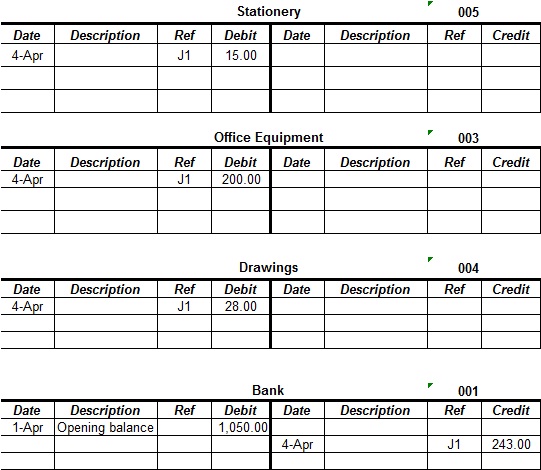
Nearly $60 billion was invested in fintech in the first half of 2018, according to Chris Skinner’s Blog. As a result, new fintech players are popping up every day, and any one of these new technologies could be the next change catalyst in payments.

Traditional financial institutions, such as credit unions, must learn from the rising demand in payment options and adapt.įintech is chasing consumers’ digital experience demand.

Consumers want more control over their finances than ever and how they pay for items, manage their budgets, and spend money is changing on a daily basis. And the payments sector is arguably the most affected. Don’t be afraid of feeling foolish, only to have to pay us or someone else a lot of money down the road to fix things.The world is in the middle of a tech revolution. If you have more questions, you can always let us know. We could tell you more, but we don’t want to frighten you completely. Think of it as a chain reaction whenever you do anything in your business’s books, something else is affected and needs to be balanced out.
Debit credit cheat sheet update#
Most software does this automatically by only imputing one transaction, but another transaction gets updated when you update that one transaction. When money comes from something, it has to go to something. money out is one of the most basic ways to explain this. It would help if you were looking at these statements at a minimum every quarter (three months).ĭouble-entry accounting is the principle that there are two sides to every transaction. These are handy to see where you are overall in your business and where you can improve. Loss – This shows your financial picture over some time (monthly, quarterly, yearly).īalance sheet – Records a specific period of your finances. There are several financial statements/reports that you can use to get an idea of your financial picture. Most software has an option to run a report to reconcile your accounts. Make sense? If you only had 35 dollars in your bank account for some reason, we are left wondering what happened to the other 5 dollars? So it’s important to reconcile (balance) your debits and credits at the end of every month. The important thing to remember is that debits and credits have to balance out.įor example, if you debit 20 dollars and you have 60 dollars in your bank account, you would now have a credit of 40 dollars. Often we think debit means subtract, and credit means add, but depending on the type of account, those can be completely opposite. The wording of debits and credits sometimes confuses people. These can be assets, expense accounts, liability, revenue, and equity accounts, as mentioned in the first section of this post. Generally, larger companies will use an accrual method and have accounts receivable and accounts payable departments, but as a self-employed individual, cash may be more straightforward.ĭebits and credits are records of the financial accounts you have in your business. Cash: An accrual accounting method is counting your income when the work is performed.Ĭash: a cash accounting method is counting your income when the money is received. So what does this mean exactly:Īccrual VS. Perhaps you have noticed in your accounting software that there are multiple ways to look at your overall sales. If you buy something, where does that money come from, and where does it end up? All of this is recorded in your “accounts.” The easiest way to explain this is with an expense. You can track different types of spending in these accounts, but they are also used to show anyway your money is used or stored.Įssentially, whenever you do something financially with your business, there is a money trail that needs to be recorded. Most software will have what is called a chart of accounts that shows this information.
Debit credit cheat sheet full#
You might only look at your income, but you have to consider all these “accounts” to get a FULL financial picture. Plus, the good news is that if you forget what something means, you can always come back to our cheat sheet and look it up later on.Įvery business has different “accounts” that your business’s finances are categorized into-categories like assets, liabilities, equity, revenue, and expenses. We are guessing if you are reading this that you aren’t “in the know” when it comes to accounting, but we promise we will make this post as painless as possible. Since we get lots of bookkeeping questions from self-employed individuals at Rochon & Associates, we wanted to provide you with some of the basic accounting principles in an easy-to-understand manner – no accounting degree required.

Wouldn’t it be great if there was some kind of accounting cheat sheet for business owners that made accounting basics simple? Well, look no further.


 0 kommentar(er)
0 kommentar(er)
